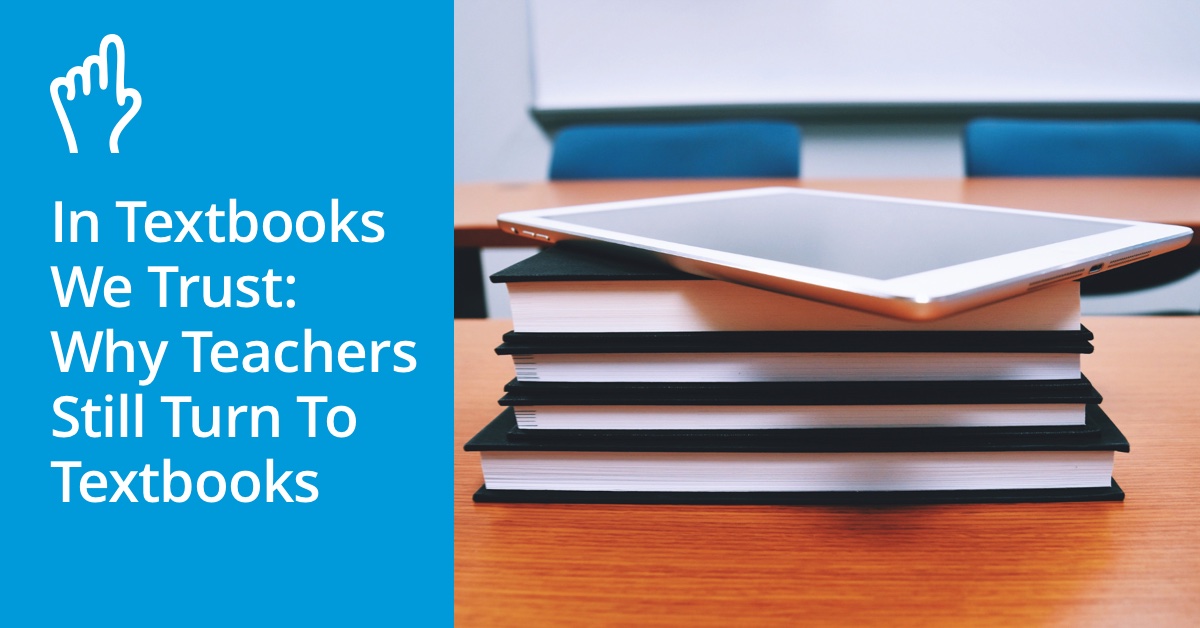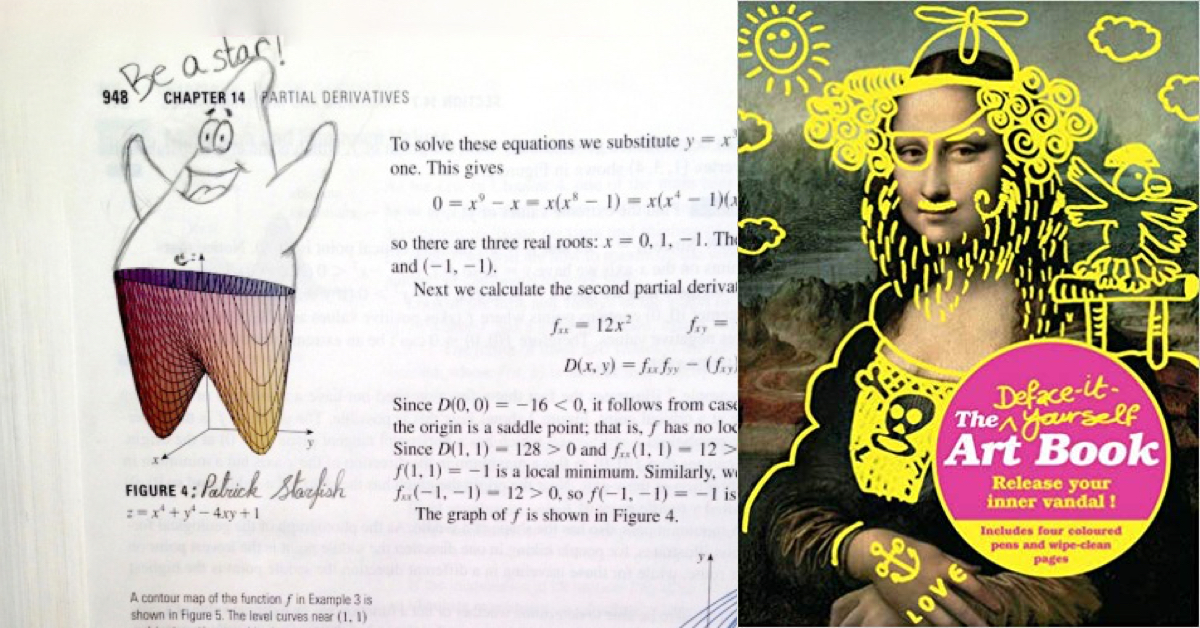We at Classoos have been researching shifting attitudes to textbooks in teaching. We asked teachers whether they are currently using textbooks, or whether they have in the past. We were especially keen to find out why busy teachers give so much time to creating their own resources, while others lean more heavily on textbooks.
Our survey asked:
- What benefits do textbooks provide for you and your pupils?
- Are you making lots of your own resources? And if so, why?
- What are your best experiences of using textbooks?
- What are your worst experiences of using textbooks?
- Do you think they suit some age groups better than others?
Here are some of the key findings.
Almost 7 in 10 teachers (68.2%) currently use textbooks (at the time of writing), and they cited the following benefits for themselves and their pupils.
The security of comprehensive course coverage, with all the essentials in one place – and the added, but essential bonus of material written by examiners, and approved by exam boards.
A sense of structure (or overview) of the specifications, with a clear roadmap through the course. Going through a set sequence is important for subjects such as languages or sciences.
Saves planning time, with, for example, summaries, questions, and assessments that enable easy recapping and revision.
Access – pupils can have their own copy of key information, enabling independent learning.
Easy to set cover work – and easier for cover teacher
Others said:
“Inspirational”
“Link between school-home”
“Environmentally economical”
“Extension material ready [and] available”
Let’s unpick some of that…
Security
Textbooks are seen as a roadmap, guide, or guardrail – our metaphors, but a good summary of some of the responses below. Textbooks provide “a safe account of facts linked to the specification”, “written by course provider so good source to refer to”. Teachers responded in terms of “a jumping off point/pre-teach” or “a good starting point for topics”.
Several valued textbooks as a central “reference point” for key terms and concepts. One science teacher explained: “They are used regularly if the teacher is absent or if a student is in isolation”. Another wrote that “language and content [are] accessible to pupils”.
Structure
1 in 5 (20%) current textbook users used the word “structure”, for example: “Provides a structure to learning aims and outcomes” or “Structure, summary points and useful practice questions”.
One geography teacher wrote: “Structured learning, element of standardisation across sets, enables pupils to catch up easily, saves time, ensures syllabus content is covered.”
For some subjects, such as languages and STEM, one concept leads onto the next. It’s best to learn topics in a particular order. One MFL teacher wrote of “listening materials, ideas for how to build grammar progression, exam practice”.
Structure – or a global 360-degree overview of a course – is also helpful to pupils. One teacher of French and Latin wrote that they “provide a structure/framework. Children can see where they are going”.
Time
This was one of the motivations behind our research. We admire the hard work teachers put into lesson preparation when time is precious. We wanted to dig into why they don’t rely more on oven-ready resources. (Our full report will look at why some teachers choose not to use textbooks.)
There’s an ease and convenience to using textbooks, and teachers reported that textbooks save time.
One MFL teacher enthused:
“They provide ready-made texts and tasks with supporting instructions and help. If the textbook is good, it provides sensible grammar progression and keeps me on track. It prevents me from concentrating too much on one skill and saves me so much time. Ours also comes with assessments and a sensible approach to grading. Winner!”
Many teachers listed specific ways in which textbooks save them time by providing glossaries, topic summaries, questions, exam practice, and complementary visual information: pictures, diagrams, charts, and suchlike.
Accessibility and facilitating independent work
30% of current textbook users responded in terms of accessibility and enabling independent work: “Provides factual information that students need to know. Used in the right way, they are a vital resource for research and information gathering.”
The word “independent” was used by 13% of current textbook users: for instance, one teacher wrote that textbooks allow “concentrated independent work at their own pace”.
In a similar vein, some wrote that textbooks allow “a time for students to focus exclusively on themselves. It provides one of the chunks to lessons”.
And this leads to the idea that textbooks facilitate stretch and challenge for the brightest students: “Extension material ready [and] available” and “students are able to read beyond class input.”
Final thoughts
Our key finding is that there’s a security with textbooks. Everyone has access to the same information, and that information is clear, comprehensive, and reliable. So, it’s the perfect starting point for planning the journey through a course, providing convenient stepping or milestones to mark the way. They’re also an insurance policy when teachers or students are absent.
In textbooks we trust seems to be the case for the majority.





